2018-10-12
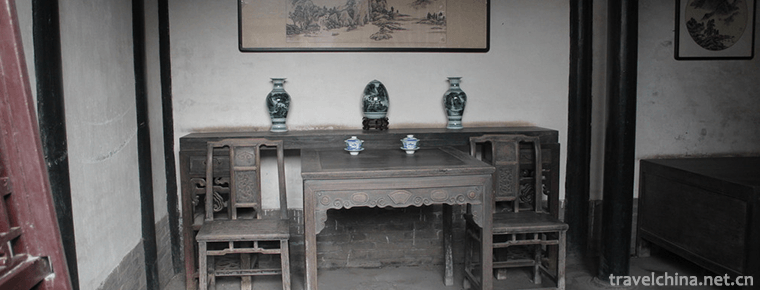
- By ChinaWiki.net
- Chinese Edition
- 2018-12-06
Zhou Enlai's hometown scenic spot is located in Huai'an City, Jiangsu Province, a famous historical and cultural city in China. It is a national 5A-level tourist attraction.
The tourist attractions of Zhou Enlai's hometown include Zhou Enlai Memorial Hall, Zhou Enlai's former residence, Juma Lane and Hexia Ancient Town, covering an area of 3.15 square kilometers. There are 6 main categories, 18 sub-categories and 83 basic types of resources such as waterscape scenery, biological landscape, relics and so on. The total number of tourism resources is more than 100. In addition to rich tourism resources, Zhou Enlai's hometown has rich historical and cultural connotations.
The tourist attractions of Zhou Enlai's hometown include Zhou Enlai Memorial Hall, Zhou Enlai's former residence, Zhou Enlai's old childhood reading site, Juma Lane and Hexia Ancient Town.
Zhou Enlai Memorial Hall is located in the Peach Blossom Plaza outside the northern gate of Huai'an, an ancient city. It consists of memorial island, wide water surface and circular green space around the lake. Its total area is 400,000 square meters, 70% of which is water surface, with a total building area of 21166 square meters and a total display area of 7880 square meters. There are main halls and exhibition halls on the island. Zhou Enlai's life performance exhibition hall has rich collection and precious cultural relics.
Zhou Enlai's former residence is composed of two courtyards connected East and west, covering an area of 1987.4 square meters. There are 32 large and small houses with green brick, grey tile and wood structure.
Qima Lane is an ancient lane about 300 meters northwest of Huai Lou in Huai'an Town. Zhu Yunwei, Emperor Huidi of the Ming Dynasty, built a Qima Temple for Huang Qi, Du Wei of Qima in this lane. Comrade Zhou Enlai's former residence, which is well-known both at home and abroad, is located in this lane.
Hexia Ancient Town has a history of more than 2500 years. There were some famous historical figures, such as Liang Hongyu, a hero of scarves, and Wu Chengen, a great writer. In the Ming and Qing dynasties, there were 67 Jinshi, known as "the land of Jinshi", with profound cultural connotations. Hexia is also an important commercial port in the history of Huai'an.
Huai'an is the birthplace of a great generation, founding Premier Zhou Enlai, one of the four major cuisines and the birthplace of Huaiyang cuisine. Wu Chengen, the author of Journey to the West, was also born in Huai'an. Hexia, an ancient town with a thousand-year history, has a long cultural history. In the Ming and Qing dynasties, there were 67 Jinshi and 123 Jinshi. Liren, 12 Hanlin, known as "the land of scholars", has profound cultural connotations.
Zhou Enlai's personality charm, his dedication to his country and his efforts for world peace have added great charm and strong city personality charm to Huai'an city and the scenic spot of Zhou Enlai's hometown. As an excellent red tourist cultural attraction, Zhou Enlai Memorial publicizes Zhou Enlai's life and the historical development of the Communist Party of China's revolution to a group of tourists.
Zhou Enlai's hometown tourist attraction was awarded the title of national advanced cultural collective by the Ministry of Culture and Personnel in 1995; the title of excellent patriotic education base of national cultural relics system was awarded by the State Administration of Cultural Relics in 1996; the title of advanced collective of national cultural and cultural exhibition system was awarded by the Ministry of Personnel and the State Administration of Cultural Relics in 1997; and the title of advanced collective of national cultural and cultural exhibition system was awarded by the Central Propaganda It was designated as the national demonstration base of patriotism education, the civilized unit of Jiangsu Province in 1999 and the demonstration site of Jiangsu Civilized Scenic Spot in 2000. In 2008, it was honored as "Jiangsu Civilized Scenic Spot". In 2009, it was selected as "New China Red Scenic Spot 60, ranked fifth". In 2011, it was honored as "National Red Tourism Advanced Collective". In 2011, it was named "Jiangsu's Most Beautiful Place (Five-star)", and in 2012, it was elected as "Yangtze River Delta 1". In October 2015, Zhou Enlai's hometown scenic spot was officially approved as a national 5A-level tourist attraction.
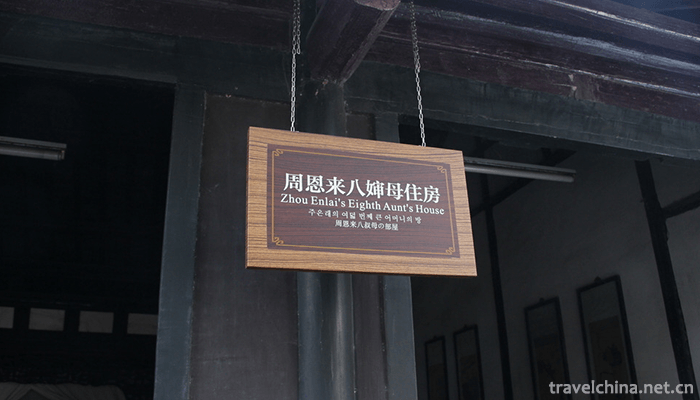
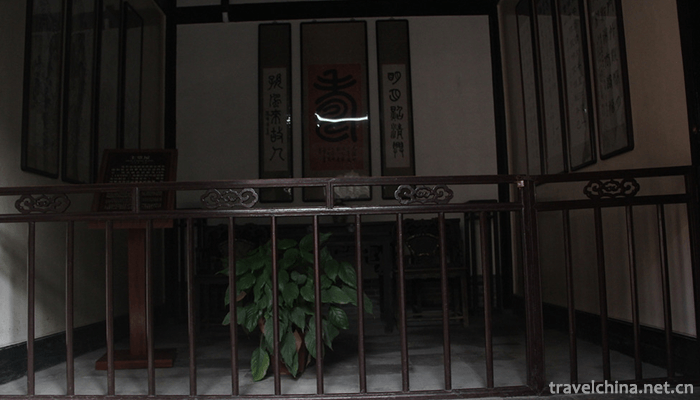
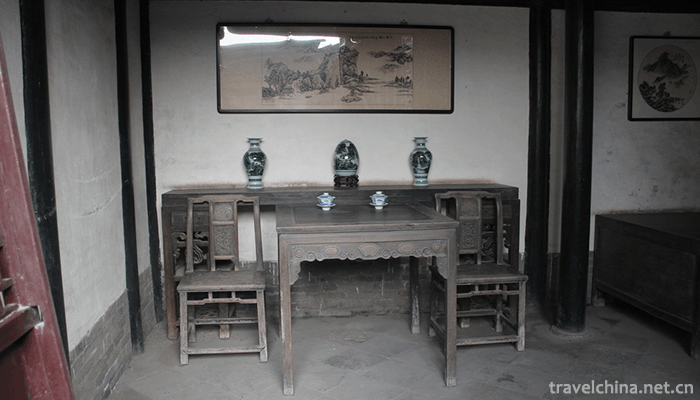
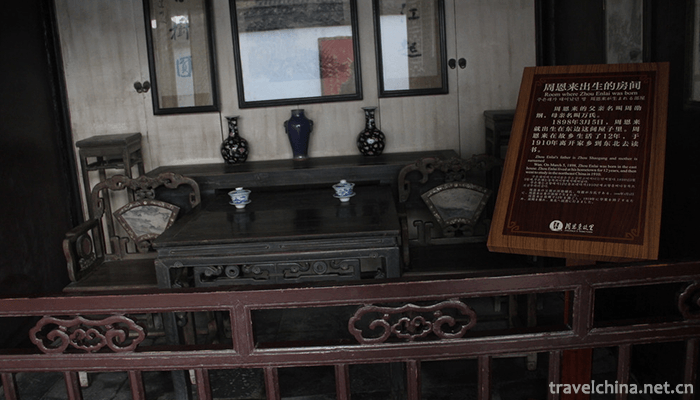
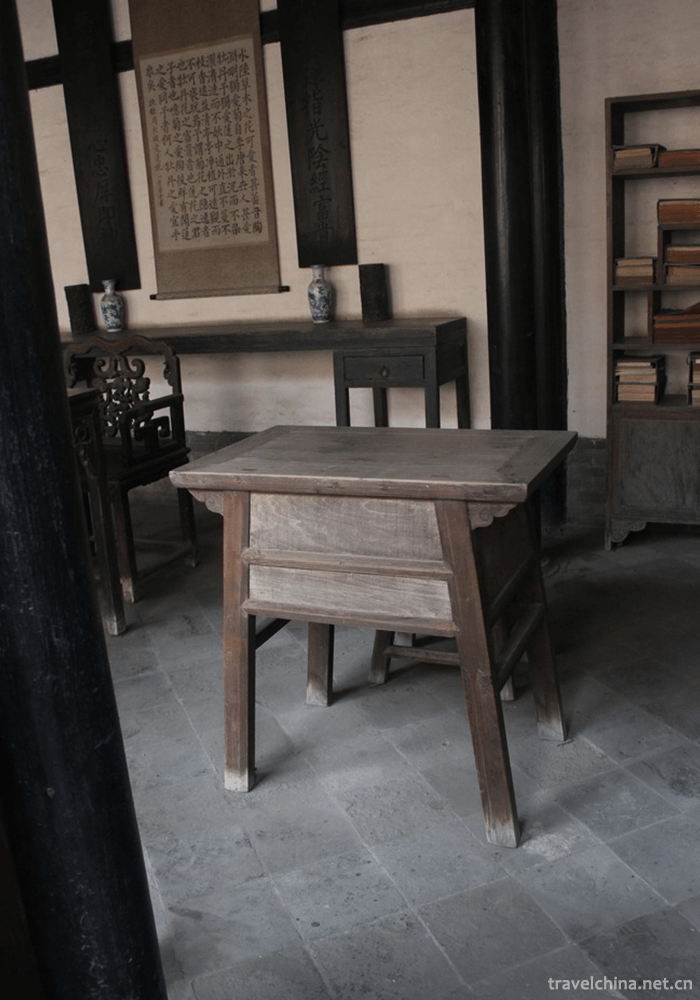

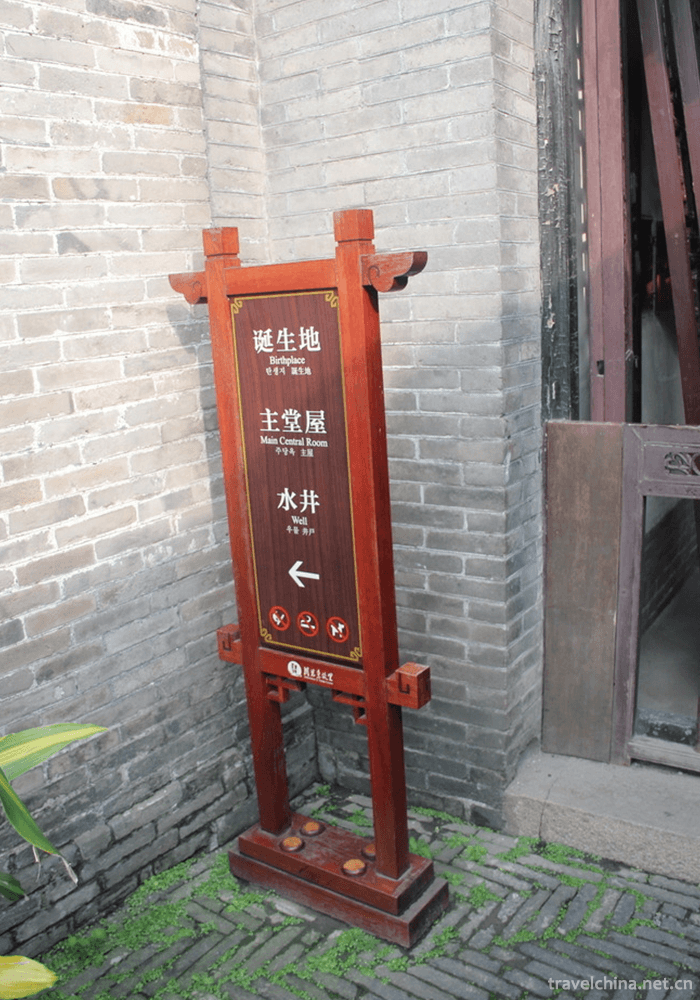
Ask a Question
Your email address will not be published.
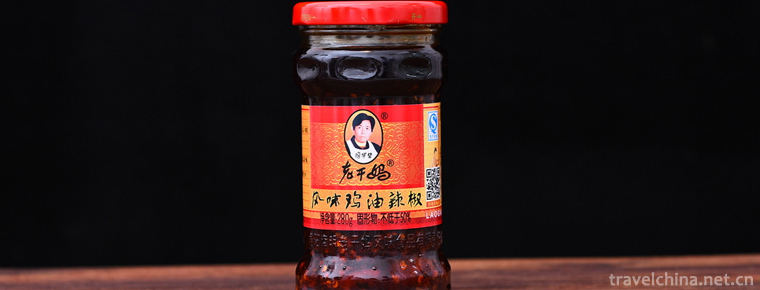
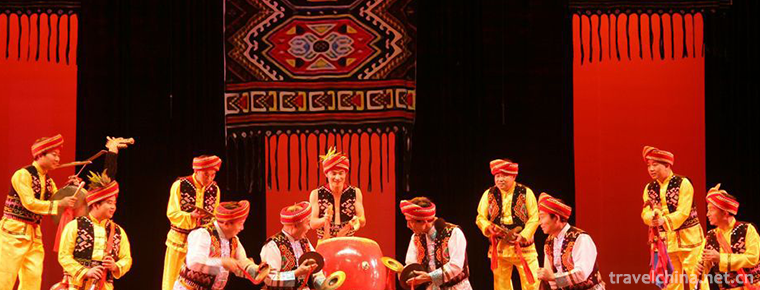

0 Questions